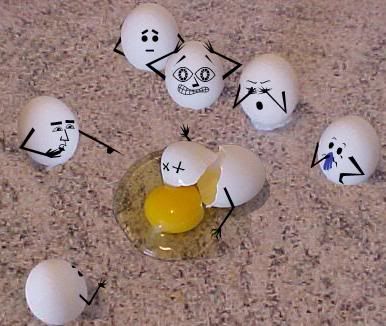1-3 Create a Sketch of possible solution
4. Use a decision matrix
5.List of Materials for build day
6.Plan for bringing in materials.-
I found the styrofoam ;While Austin planned to bring in the parachute material (tissue paper), and I was tasked wiith bringing in the string.
7.Material fit in Printer Box

8.Materials fit in shoe box

9-14. Weighs less than 50g
weighed 42.8g
15-19. Hit Bullseye
20-26. Egg didnt break/crack/spill

27. Describe using Alebra
28. Describe using Arithmetic
29. Describe using Geometry
30. Describe using calculus
5) What designs from your class did well? Based on the achievements you earned, how would you redesign your solution to score better? Be specific (sketches with labeling work well for this).
The parachute designs seemed to do the best. The parachute slowed down the egg enough to were the force of the landing wasn't enough to break the egg. If I had to redesign my project, I would try and shave off a few grams to try and get it under 25g and fit into an altoid box. I would have used only a parachute and made a harness with which to put the egg in. If we did this, im confident we would not lose any of our current achievements and we would have improved the efficiency of our design.





